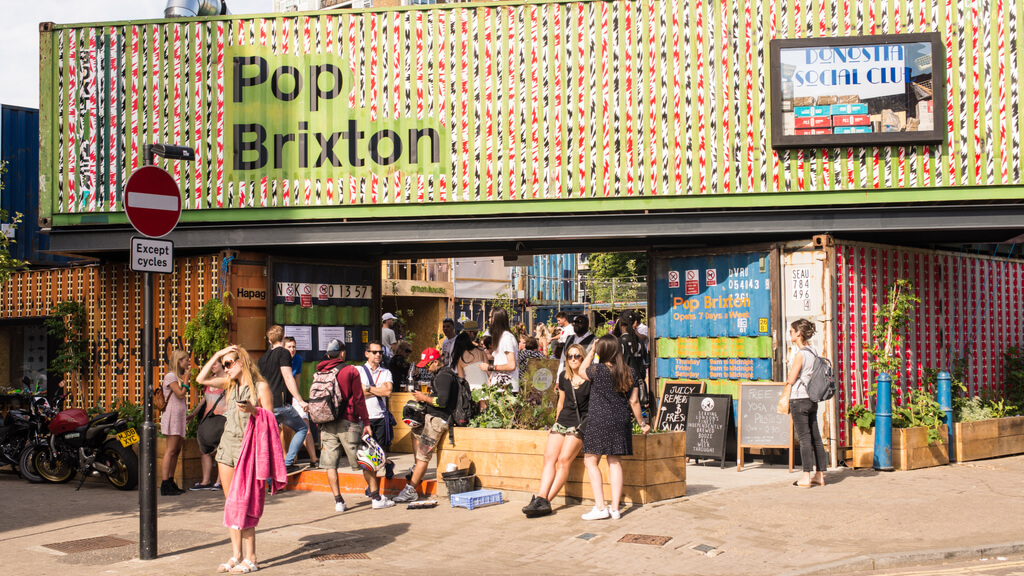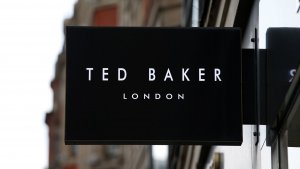
It’s been through the financial wars with heavy losses, but Ted Baker is now shaking up how it delivers in-store experiences - it’s going the way of the pop-up to reach new audiences.
The clothing giant is trialling a series of short-term leases across the country to limit damage from hefty rental overheads on high-profile, town-centre sites.
But the pop-up we’ve come to know - bare, basic with the branding, and nothing more than a selling space - isn’t so fit for purpose.
For brands like Ted Baker, targeting the new, WFH ‘micro-centres’ will mean changing the nature of the pop-up - and the experience within it.
Serving a new type of shopper
After fifteen months of restricted travel and buying online, consumers are less likely than ever to hop on to potentially overcrowded public transport for a meander down the equivalent of Oxford Street.
Coupled with the fact that whatever we’ve wanted in those months has been delivered to our doors, expectations of what makes for a pleasurable shopping experience have changed.
Certainly footfall in London still sits at 22.8% lower than the same week in 2019. A drop in tourism, closing flagships, and most people working from home means famous destination hubs, like Oxford Street, are struggling to regain their footing.
With that in mind, Ted Baker’s move into local boroughs and cities like Cardiff and Stratford, is on the money: it’s a fresh opportunity to encourage in-store visits from already loyal customers who are shopping online, and engage with dwellers who are working from home and only shop nearby.
Pop-ups have the advantage of the novelty factor - they’re new fixtures, there for a short time only, on otherwise familiar streets. So they’ll drive footfall because of their excitement-of-the-new quotient - which means brands will need to keep moving.
The knock-on effect of this nomadic form of retail to product and merchandising is apparent - big ticket items are likely to stay in large-format stores. But the itinerant nature of the pop-up also offers retailers an opportunity to adopt real-time stock policy, turning over stock on availability and popularity.
The future of the pop-up is seeped in tech
Tech will be vital to fully capitalise on the pop-up opportunity, and legacy brands will need to dare to innovate, maximising the potential for using the sites as comparatively low risk testbeds.
Outform’s research, conducted this summer, found that more than half of UK shoppers call QR codes ‘the future of shopping’, and 53% see a similar future for AR. This sort of tech is well on the way to becoming ubiquitous, suggesting they could certainly become a staple of the pop-up, offering quick access to microsites, deals and more.
For legacy brands that have yet to engage with QR, AR or anything else, these small, temporary spaces could allow brands check the tech out cost-efficiently, to gauge what works - and doesn’t - in driving customer engagement and sales.
It’s also worth pointing out that tech isn’t likely to be limited to grocery and fashion: to Amazon’s ventures into the salon space are reliant on AR technology to support consumers who want to virtually experiment with hairstyles, and will include point-and-learn technology and digital browsing.
It’s not just the easy, exciting experience that looks to make the salon a success - it’s the reassurance to safety-conscious shoppers wary of physical contact.
Emerging technologies like AR and voice activation also mean shoppers can browse and research products that aren’t always on show. The pop-up could become an additional touchpoint by helping customers digitally engage with products to find what’s suitable for them, and then initiating a digital handshake to advise where they’re stocked nearest or offer home delivery.
This kind of innovation - coupled with the WIGIG of a pop-up - could transform struggling high streets into exciting local destinations serving up much more than coffee, cake and chicken.
Why pop-ups are best business practice
It’s Ted Baker’s stores close to offices that have borne the brunt of its sales dip. Although it may not be business-critical for every brand and retailer to pack their bags out of city centres once packed with commuters and tourists, Ted Baker’s move could well be an impetus for other brands to explore areas they hadn’t previously considered.
While there’s no question that in the age of shoppable livestreams and other channels fostering brand-audience relationship, the attraction of IRL shopping has waned, done well, pop-ups can provide some of the missing frisson.
For brands and retailers, short-let pop-ups means they can move into areas when there’s a spike in intrigue and then pivot when it wanes.
For consumers, the value of the pop-up comes in the form of a revitalised local high street, that affords shoppers in-store convenience, done with panache, delivered with tech to drive seamless, personalised experiences that are connected with its online and other physical channels. What’s not to like?
Simon Hathaway is MD EMEA at Outform.
Thanks for signing up to Minutehack alerts.
Brilliant editorials heading your way soon.
Okay, Thanks!

